Nice to meet you! It is our blog, televising Japanese features, How Unique Japan.
In this section, we would like to introduce Japanese preserved foods. It is dry food.
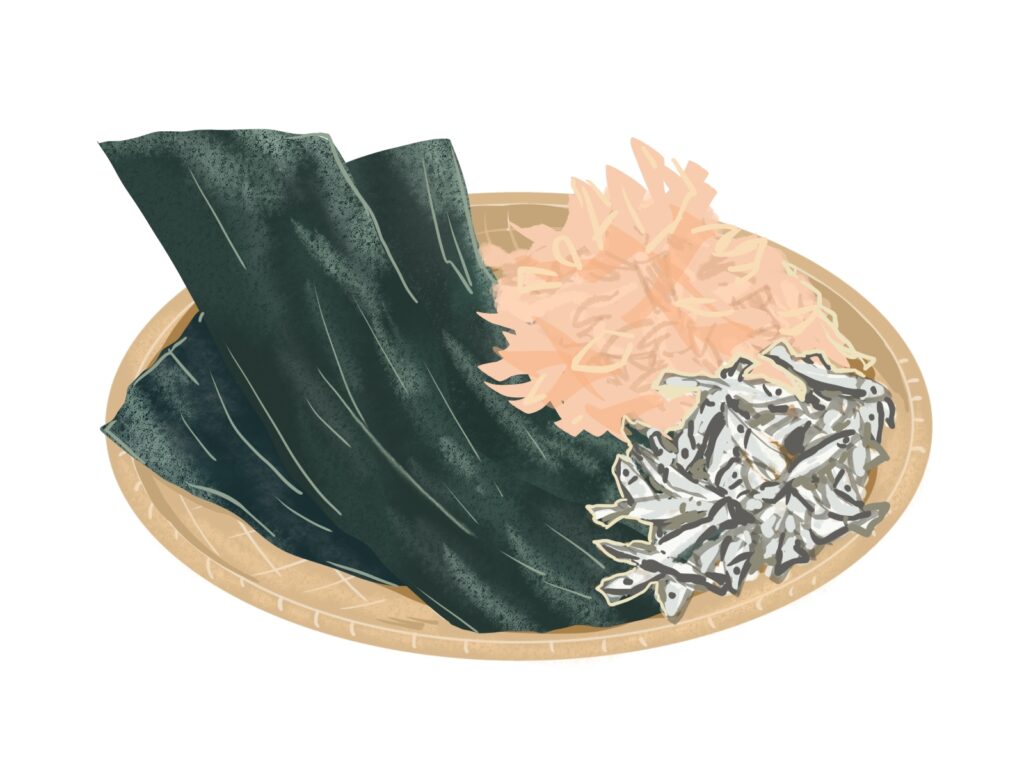
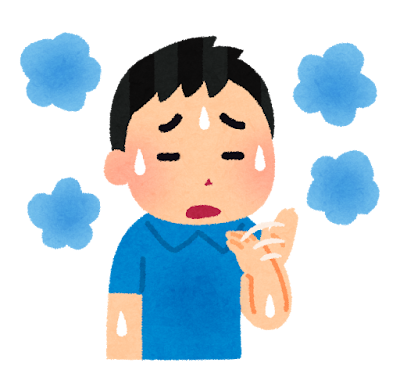
On the front page, we have already talked about the humidity level in Japan. It is high enough to make any food rotten except in the Winter (dry) season.
Additionally, Japan’s leading industries were agriculture and fishing. Therefore, improvement in food protection by drying was inevitable.
That method was effective. We Japanese successfully kept food, crops, leafy vegetables, and even fish meat edible for several months.
Let’s examine how the invention of preserved (dry) food was utilized in the past.
The history of dry food in Japan
Dry food in Japan has an ancient history you might have imagined. There is one example. An old pot from a ruin, over 4000 years old, showed pieces of dry food. They were shells and fish. So, ancient Japanese people had already established the skill of food drying.
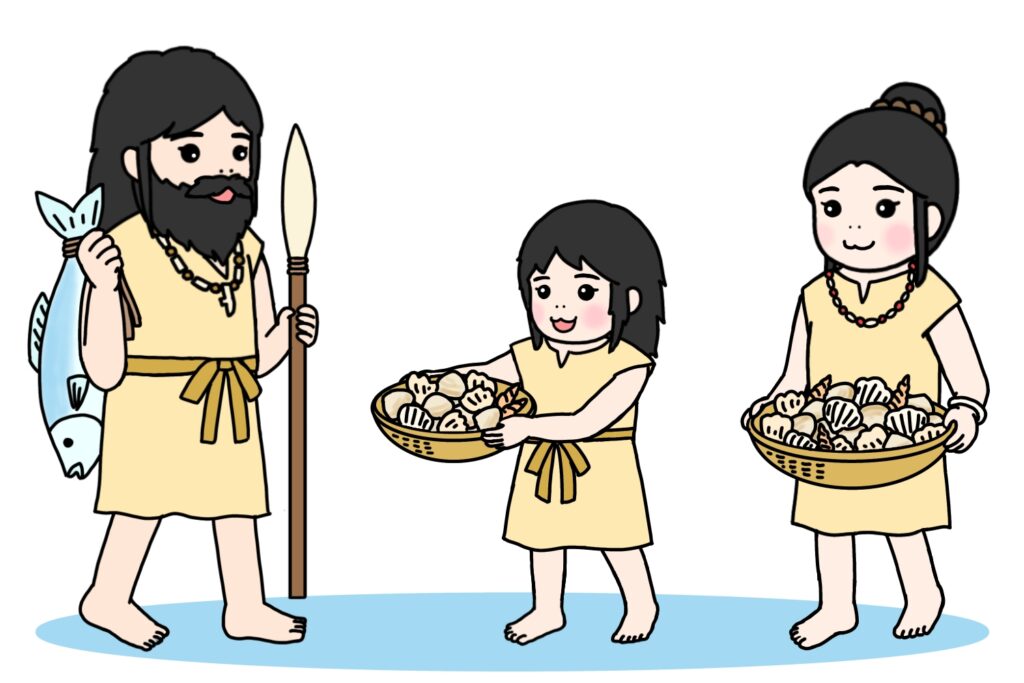
The method was not only for preservation, but it also became a gift for loyalty or nobility occasionally due to its stock.

In the Edo era from 1603 to 1868, that habit became more official. Thus, some dry foods worked as presents (featured products in each prefecture) to the government and nobles of Edo.
(If you want to know about the Edo era more, click here!)
However, dry food was also popular with the public. That is why there are various dry foods around Japan.
Let us introduce some famous foods and methods to make them below.
Popular dry food (ingredients)
Hoshi Shiitake (Mushroom)
During the Edo era, the mushroom became a basic food for the public.
But it has a long history.
Do you remember the pot discovered from the ruins 4000th years ago? That also had some pieces of mushrooms. The food has been close to us, Japanese.
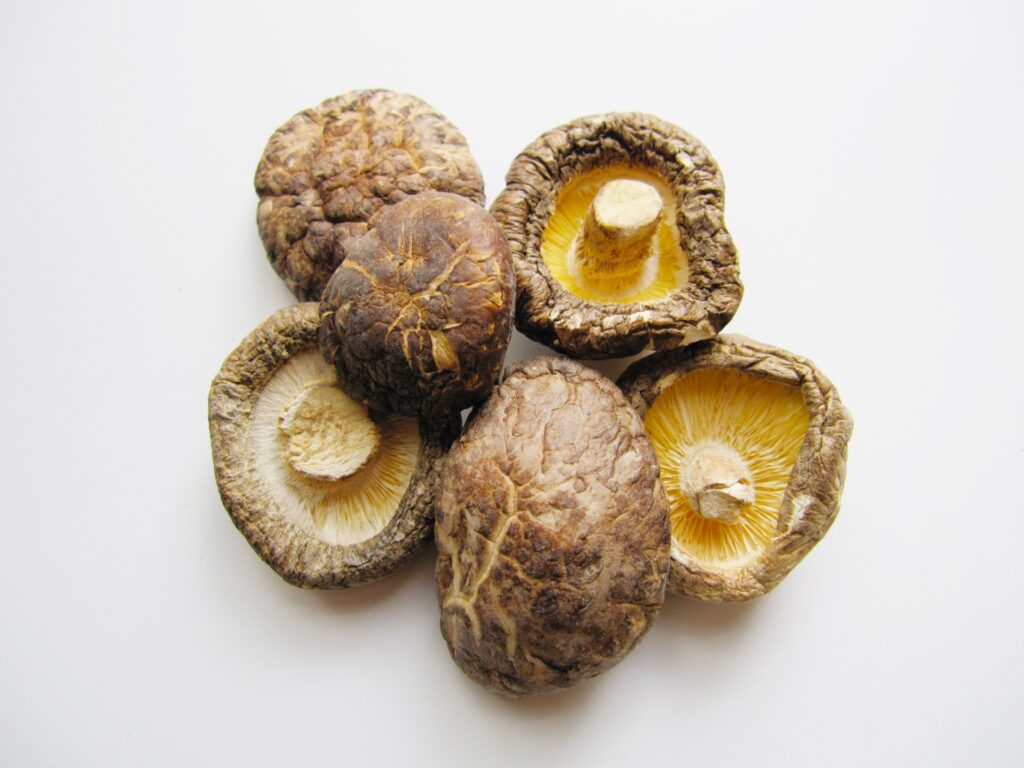
Surprisingly, it takes only (about) one or two weeks after germination from the tree.
The method for drying it is simple.
First, cut the mushroom pebbles away, then leave them outside to get proper sunshine and wind for five to ten days. It lasts until the water percentage inside the Shiitake reaches under 10%. It will remain edible for one year. Amazing.
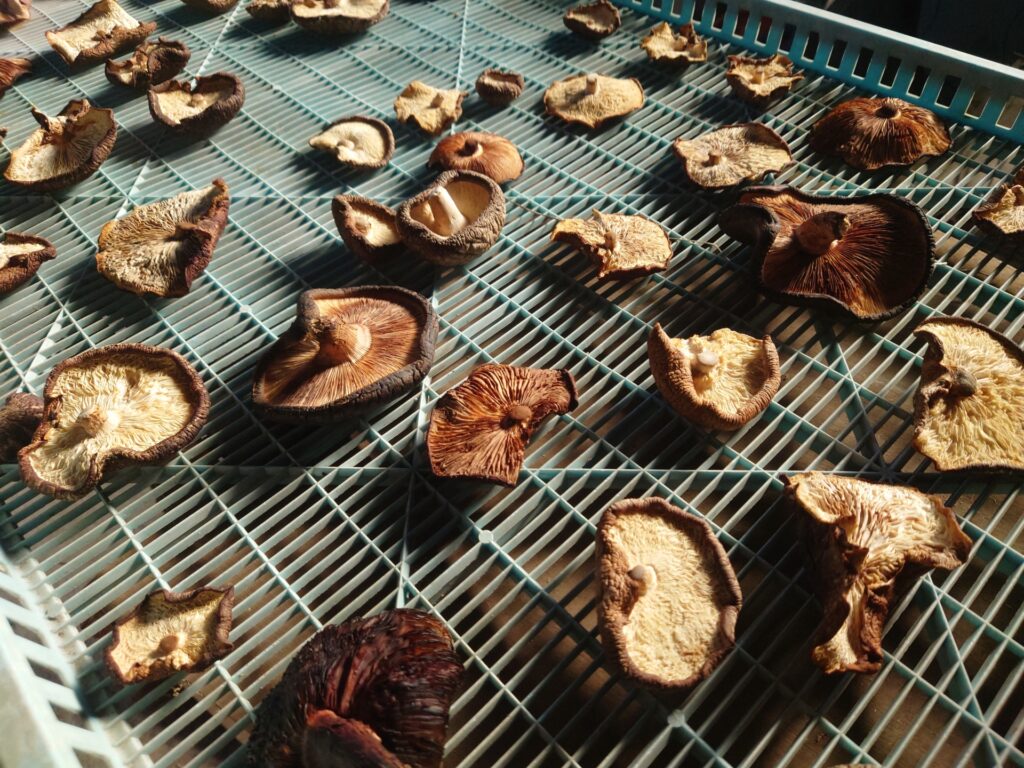
The Japanese usually use them as an ingredient in soup and soup stock because the dried mushroom contains a high level of Umami.
It is not yet.
Interestingly, the nutritional (or food) value is better than raw. It contains vitamin D, which lowers high blood pressure.
Kiriboshi Daikon (sliced and dried white radish)
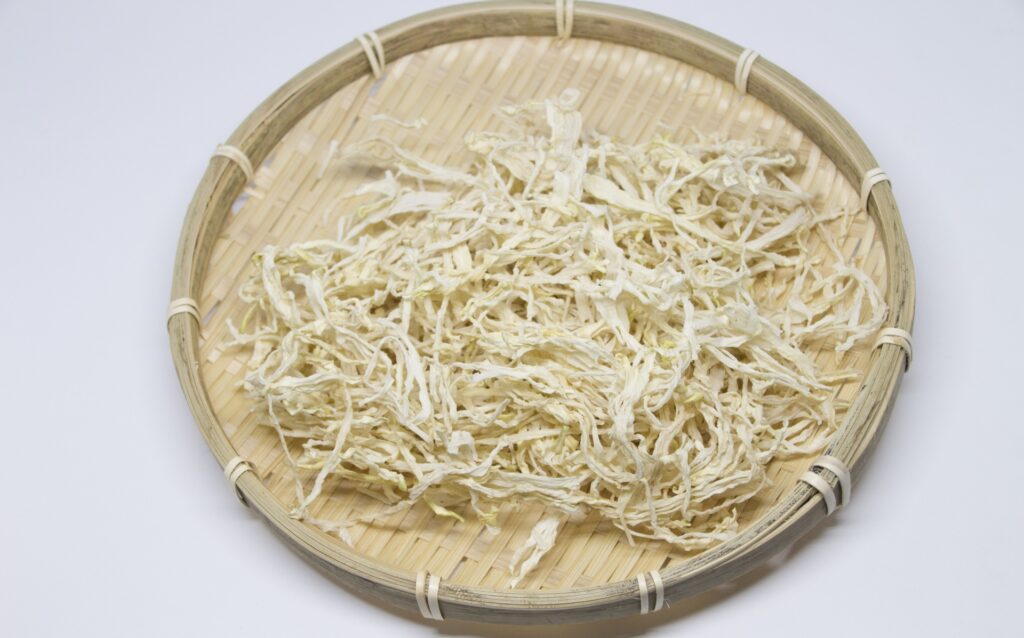
The Daikon, white radish, also became popular around the Edo era, as the mushroom Shiitake.
Even the way to dry it.
Thus, it can remain edible, lasting more than a raw one. However, we should avoid strong sunlight to keep it edible.
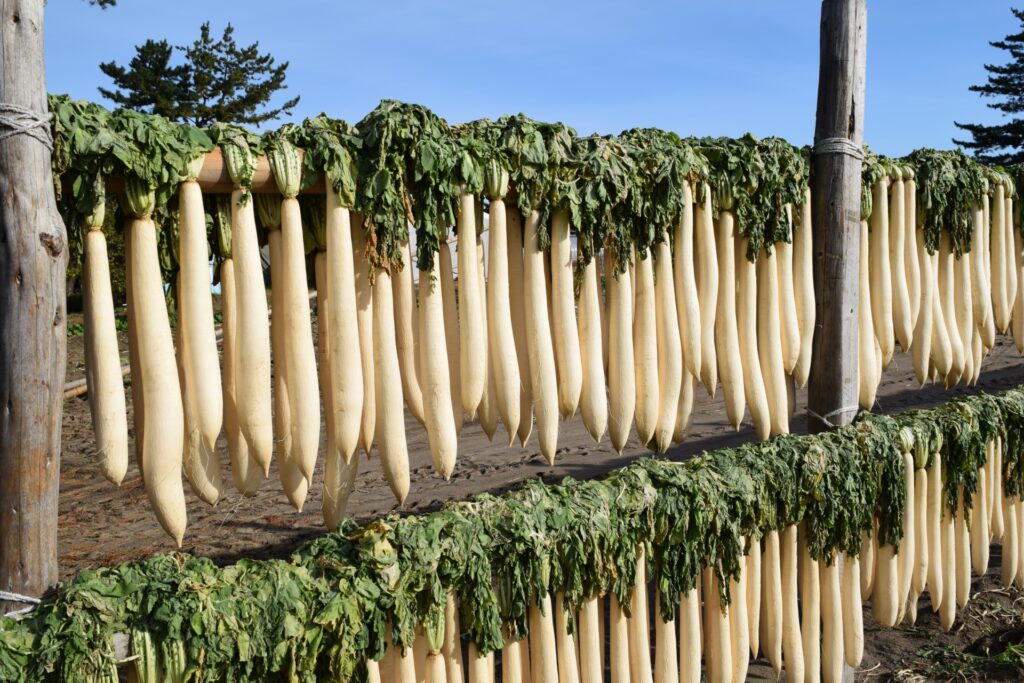
As you see, it is sliced and dried. We can eat it after soaking it in water or use it as an ingredient for Stir-fried food.
The nutritional value is good. It contains vitamins B1 and B2, Calcium, iron, and magnesium.
Indeed.
It is a good dried white radish for our health.
Azi no Himono (Dried horse mackerel)
When the Japanese get a question, what is the most famous dry food? They will imagine it as one. So, it is a popular dried fish food.
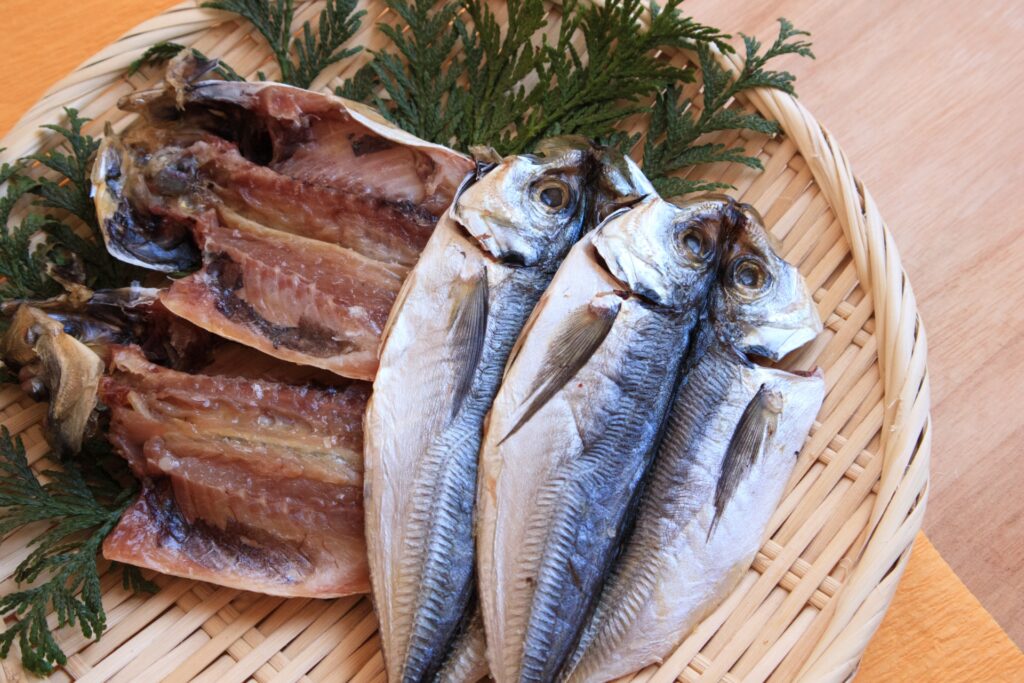
The technique of drying fish is ancient. Yes. As this article has already said, the pot from the ruin contained it. (over 4000 years ago)
However, the method is delicate and complicated. First, cut the fish’s stomach vertically, following its spine, then open it wide.
Next, cut the internal organs away, and then open it following the belly. Then, soak the left meat in the salted water (it has 10 to 15% salt). It takes one hour.
The final part is like the others. They will be under the sun for three to four hours until the meat gets half raw and not sticky.
It can remain edible for five days, much longer than row one.
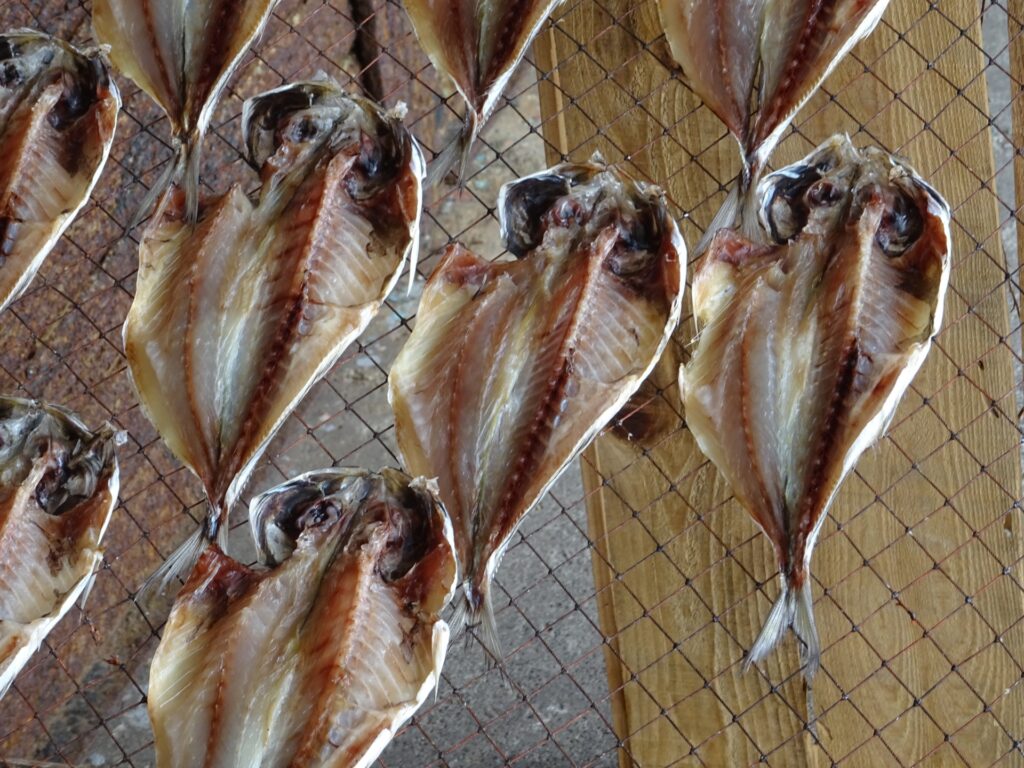
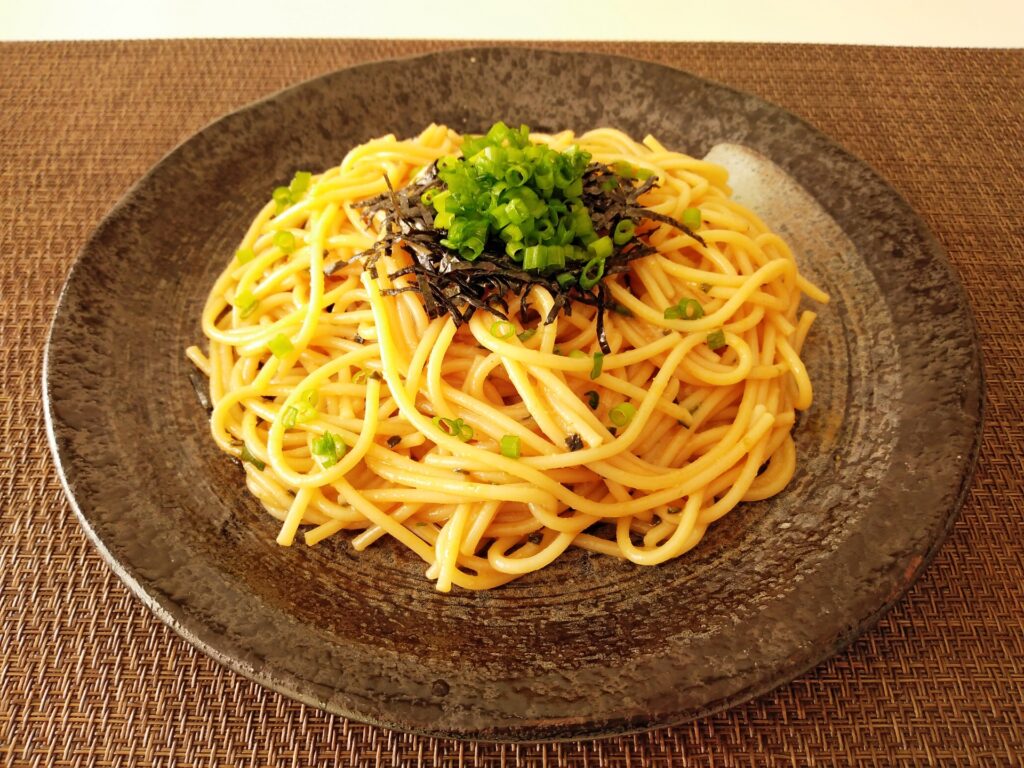
The popular way to eat is to burn.
Nevertheless, some chefs use it with Pasta meals nowadays. So, the dried fish gradually works in various ways.
Its nutrition is incredible. It has DHA (Docosahexaenoic acid) and EPA (Eicosapentaenoic acid).
The previous acid works for brain health. EPA makes our blood smooth, and the pressure gets low.
It is not yet. The dried horse mackerel will get protein and lipid TWO TIMES HIGHER than the raw one.
To close
Thank you so much for reading this article. That is all for Dry food.
But it is not yet. Our blog consists of more unique information.
Now, we have four categories: Japanese lifestyle, the Edo era, Japanese foods, and Religions.
Each page has details.
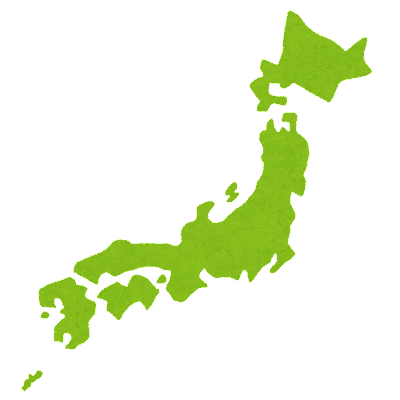
If you feel bored now, utilize them to erase your uninteresting time!
OK! Mission complete for this time! Thank you so much for reading this article, and SEE YOU FOR THE NEXT!
